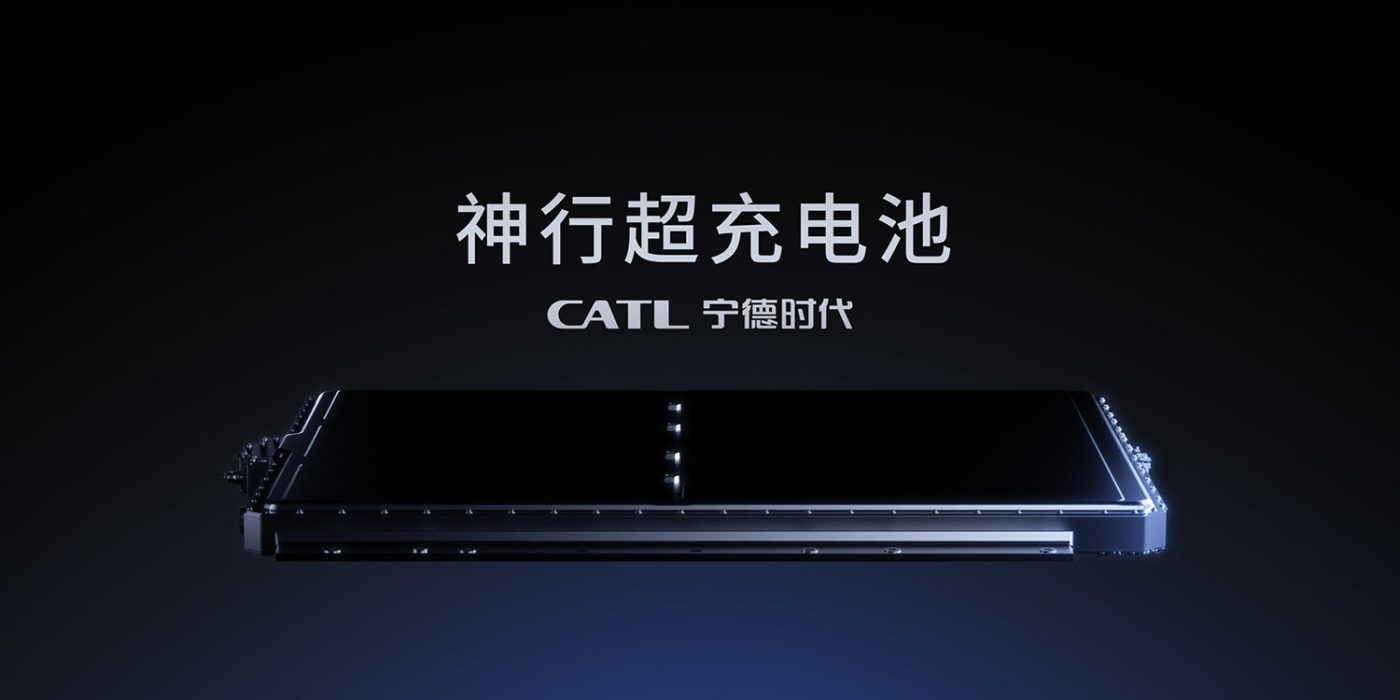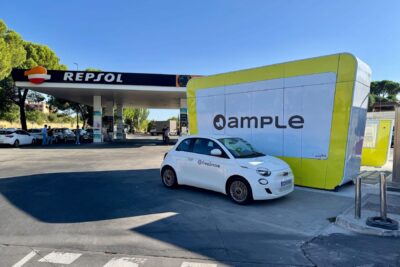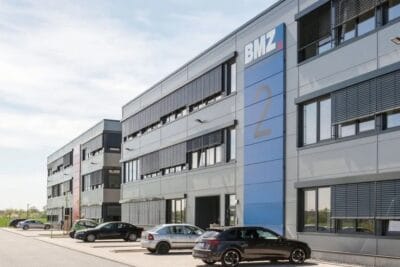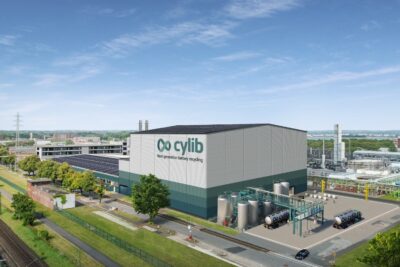CATL y Tesla inician una cooperación para optimizar los tiempos de carga
El director general de CATL, Robin Zeng, dijo a Bloomberg. Sin embargo, Zeng no entró en más detalles cuando dijo que estaban trabajando juntos en tecnologías de baterías para una carga más rápida. Sólo afirmó que estaban investigando "en particular sobre nuevas estructuras electroquímicas", refiriéndose a la química de las células.
Con vistas al modelo compacto previsto por Tesla por 25.000 dólares estadounidenses, también hay "siempre margen para reducir costes". Zeng también confirmó que CATL está suministrando máquinas a La fábrica de Tesla en Nevada, según se informa.
Lo que no confirmó, sin embargo, son los informes de que Tesla está a punto de utilizar Células LMFP de CATL. Se trata de células LFP en las que se añade manganeso al cátodo además de litio y fosfato de hierro. Esto garantiza una mayor densidad energética que con las pilas LFP puras, pero sigue estando por debajo de la densidad energética de las químicas de las pilas NMC/NCA. Sin embargo, también son significativamente más baratas que las células con níquel, cobalto y manganeso.
El Bloomberg La entrevista, que al parecer se realizó en Hong Kong, también abordó brevemente el tema de los robotaxis. "Si es para robotaxis, no tenemos que preocuparnos por la reducción del coste de cada célula, ya que nuestras baterías tienen un ciclo de vida más largo, por lo que su coste medio es realmente inferior", afirma Zeng. Por lo tanto, cree que su empresa está bien posicionada en cuanto a la vida útil de dichas pilas.
CATL es uno de los fabricantes de pilas más influyentes de China y también fuera de China. Sin embargo, debido a la estricta política de subvenciones en EE.UU., CATL está prácticamente excluida del mercado. Por ello, la empresa intenta participar indirectamente en el auge de las baterías en EE.UU. concediendo licencias de su tecnología y suministrando su experiencia en la producción (como las máquinas de Tesla). También está prevista una fábrica de baterías de este tipo con Ford mediante un acuerdo de licencia.
Según Zeng, CATL también formará a ingenieros de Ford para este fin, por ejemplo en la sede de la empresa en Ningde o en la fábrica alemana de CATL en Erfurter Kreuz. El sitio proyectada fábrica de Ford se anunció con 35 GWh, pero la propia Ford anunciado en noviembre que los planes se habían reducido a 20 GWh, lo que ahora también ha confirmado Zeng. Según Zeng, la planta está en vías de iniciar la producción a finales de 2026.
Y el modelo de licencia pronto podría estar dando la vuelta al mundo: Hay conversaciones en curso con unos 10 ó 20 fabricantes de automóviles más de EE.UU. y Europa sobre un acuerdo similar, afirmó.





0 Comentarios